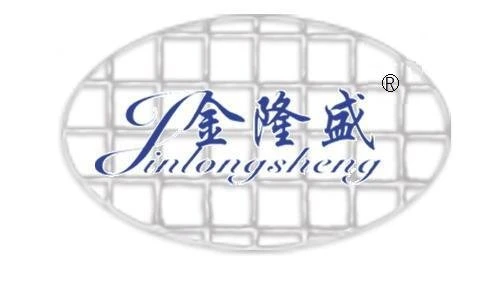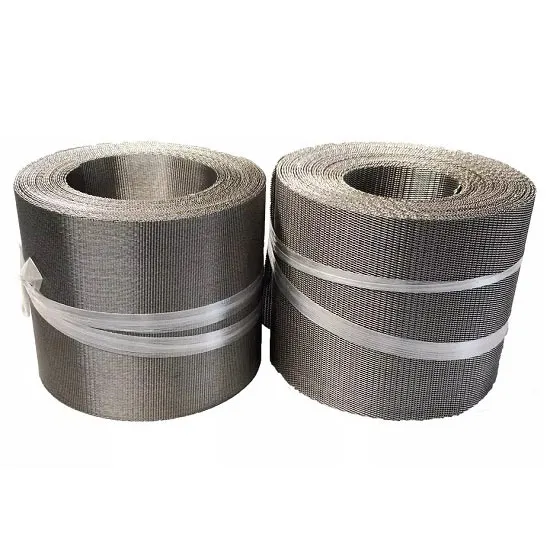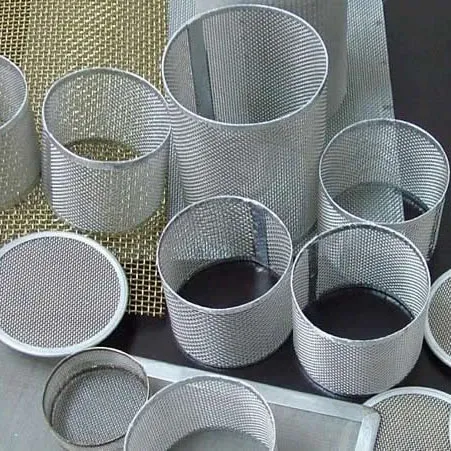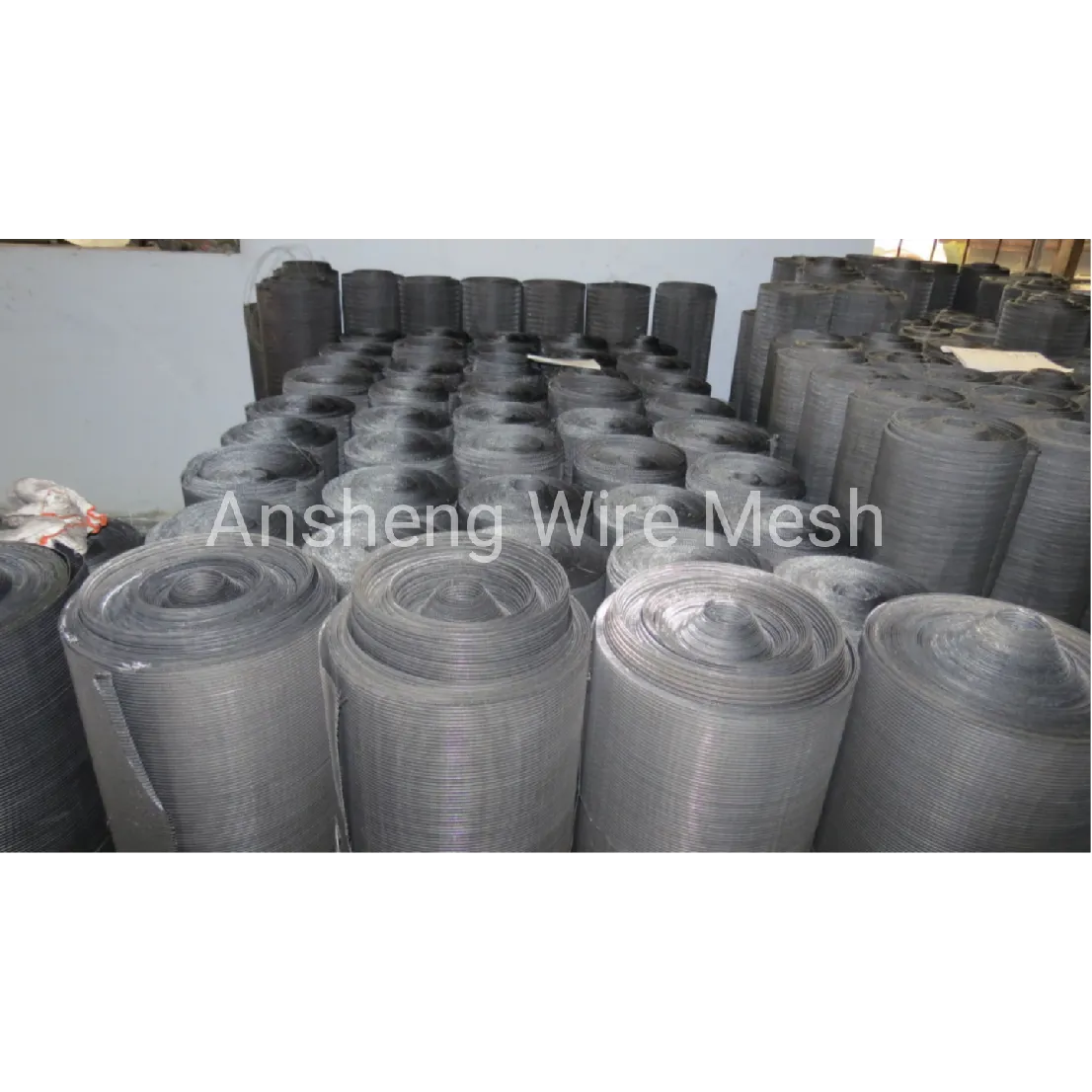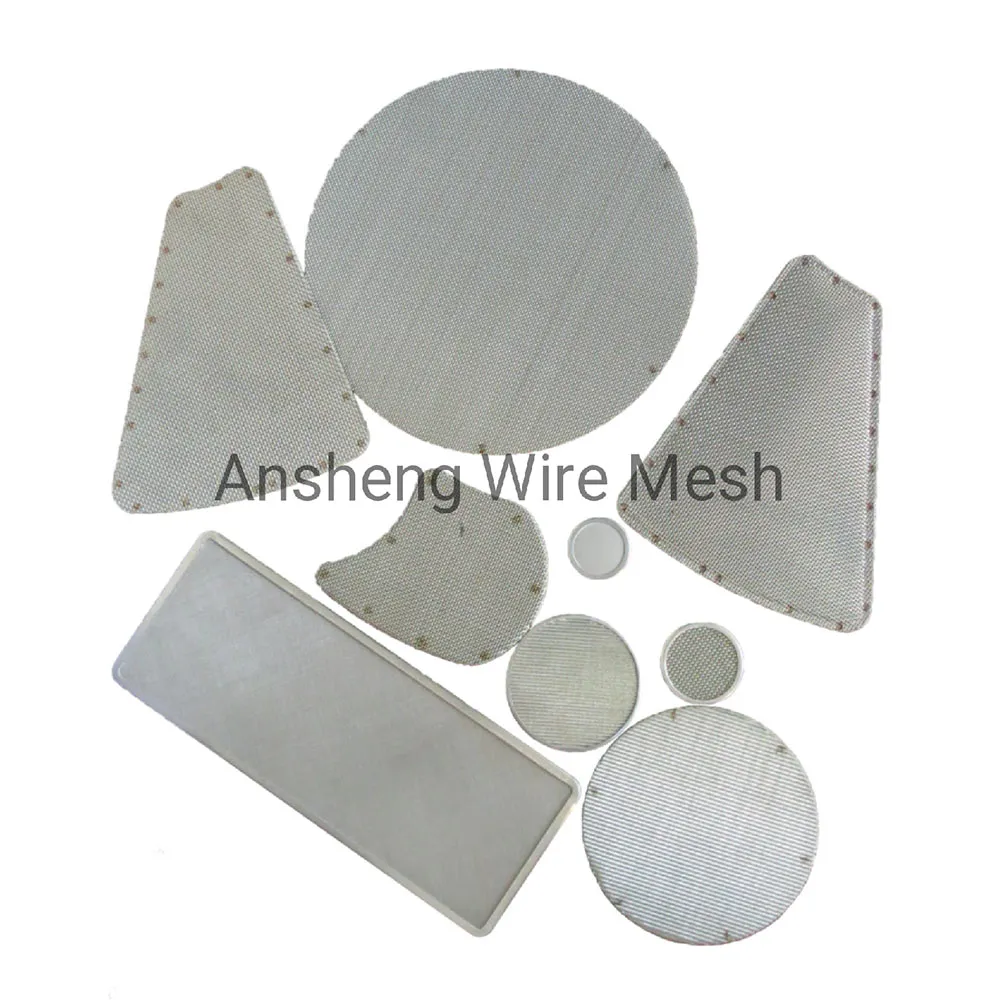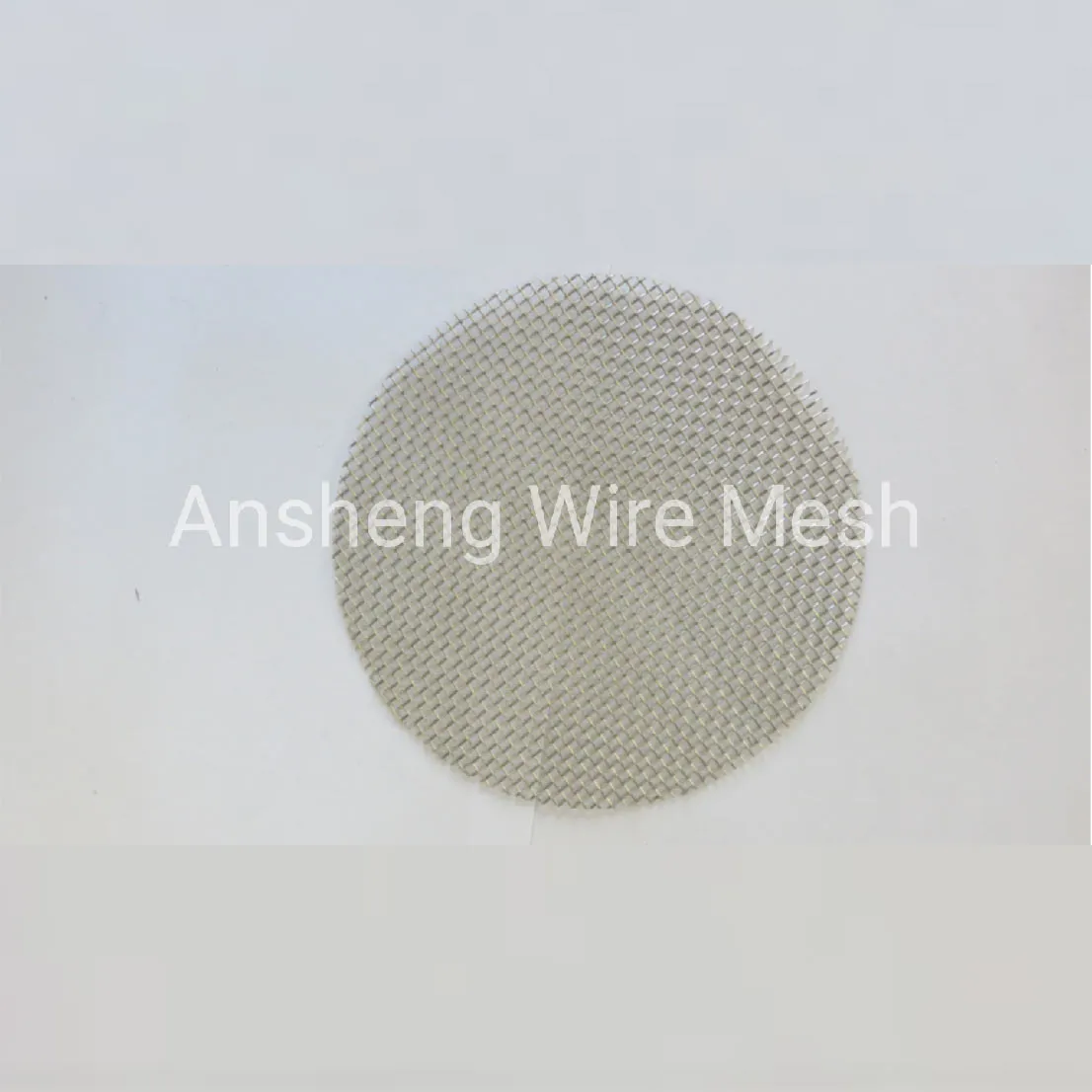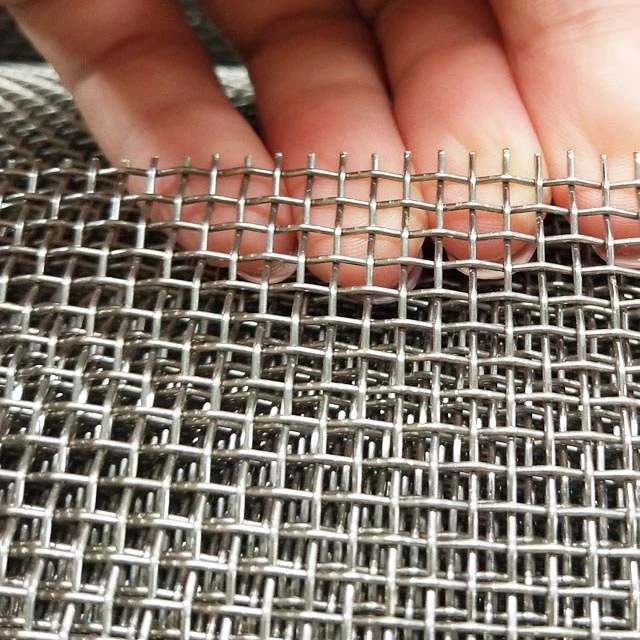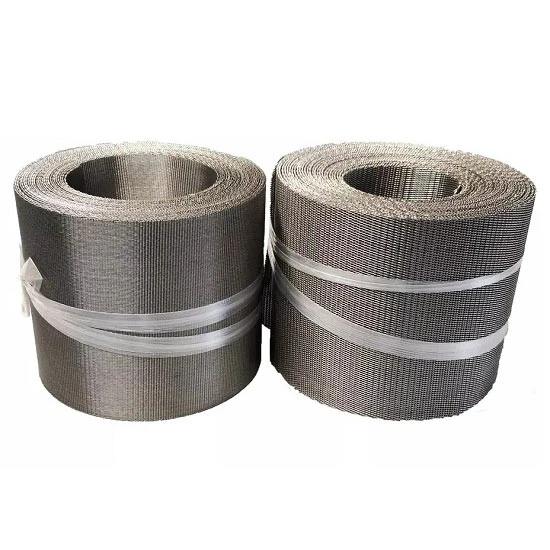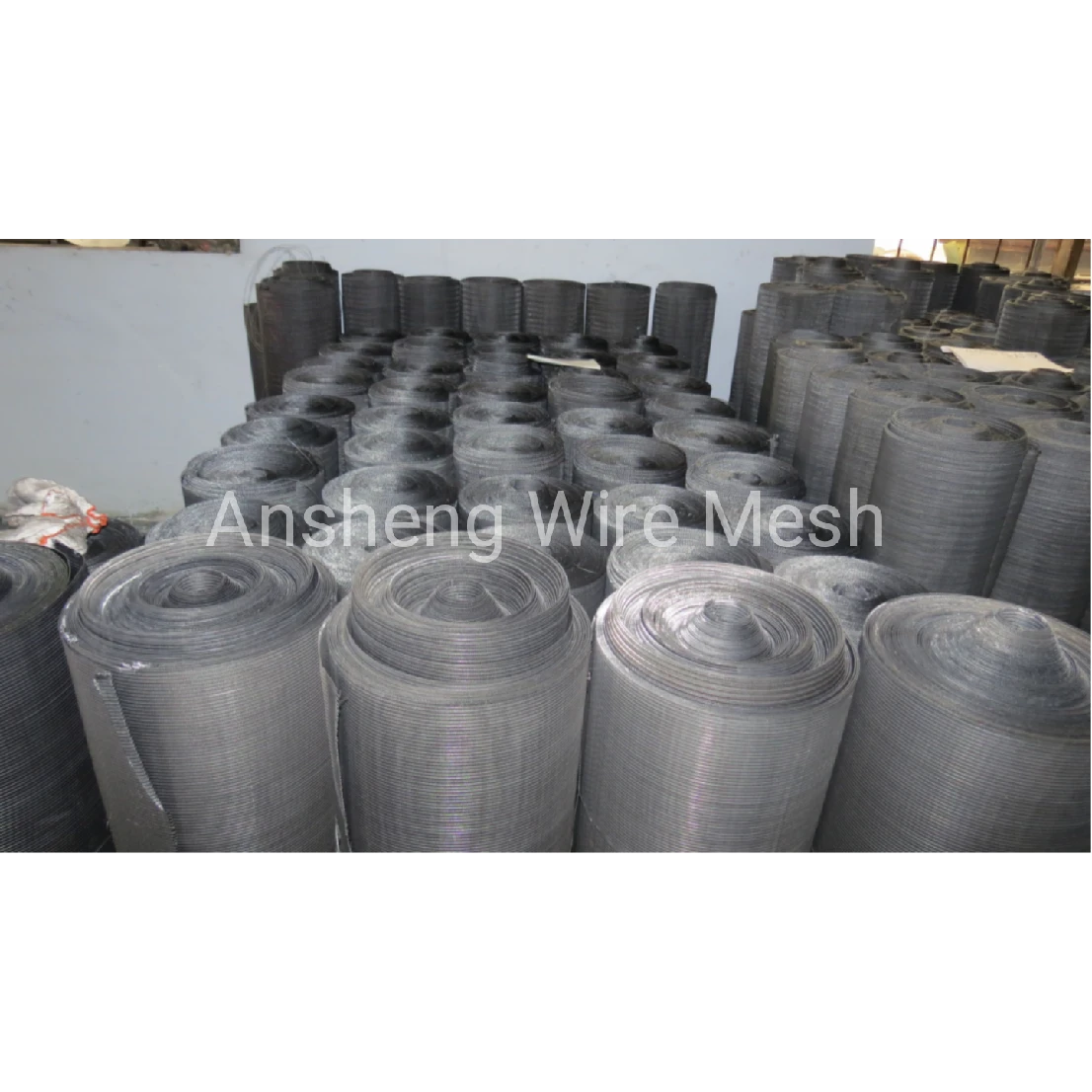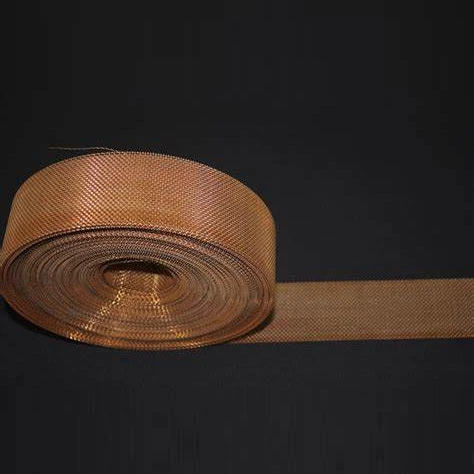Why Stainless Steel Netting Remains the Go-To in Industrial Applications
If you’ve worked in the industrial equipment space for a while—like me—you quickly realize that not all materials are created equal. Stainless steel netting stands out, no question. It’s tough, corrosion-resistant, and flexible enough to fit various needs. I remember when one of our clients needed a custom net to keep abrasive materials contained during processing—normal mesh just didn’t cut it. Stainless steel had the strength and longevity to withstand the daily grind without rusting or breaking down. What surprises some newcomers is how versatile stainless steel netting truly is. From filtration screens in chemical processing to safety barriers on conveyor belts, the applications seem endless. Honestly, it feels like every year I talk to someone finding a new use for it. And it’s not just about strength—there’s something about the clean, professional look of stainless steel that carries a certain reassurance on-site.Material Considerations: Choosing the Right Stainless Steel Netting
Picking the right stainless steel netting involves thinking about alloys, wire thickness, mesh size, and weave patterns. Throughout my years, I’ve seen many engineers debating between 304 and 316 grades. The difference? Mainly corrosion resistance. 316 has molybdenum, which makes it better for salty or harsh chemical environments—think coastal plants or marine-based industries. Wire thickness usually ranges from roughly 0.3 mm to over 2 mm depending on load strength and flexibility. In real terms, thinner wire gives you finer filtering but lower tensile strength. The weave style—be it plain, twill, or dutch weave—also plays a huge role in how the netting performs under stress or filtration demands. Oddly enough, the best advice I ever gave a client was to test a few samples under actual working conditions rather than just spec sheets. Physical testing always nails down what works, especially when your product endures unexpected wear and tear.How stainless steel netting Can Transform Your Industrial Setup
One thing I keep recommending to newcomers: don’t just think of stainless steel netting as a product—it’s a customizable solution. You can get netting tailored to exact dimensions, specific weaves, and finishes (even polished if appearance is important). I once worked with a food processing plant that needed a netting screen that wouldn’t interfere with hygiene inspections but still kept pests out and particles filtered. Stainless steel was pretty much the only option that hit the mark. The netting’s resistance to heat and chemicals means long-term reliability. Many engineers say these screens often outlast the equipment they’re installed on! Definitely an investment worth considering if downtime and maintenance costs frustrate you. Here’s a quick specs table that sums up the typical stainless steel netting features I’ve encountered over the years:| Specification | Typical Range/Feature |
|---|---|
| Material Grade | 304, 316 Stainless Steel |
| Wire Diameter | 0.3 mm – 2.0 mm |
| Mesh Size (Openings) | 10 – 300 mesh (microns vary) |
| Weave Types | Plain, Twill, Dutch, Crimped |
| Finish | Mill, Polished, Passivated |
Comparing Vendors: What to Look for When Sourcing Stainless Steel Netting
If you’re shopping around (and you should, frankly), choice of vendor is surprisingly important. I noticed a trend: many providers offer basic specs, but the ones worth their salt deliver attention to customization and quality control with real product testing. Here’s a rough comparison I put together from recent supplier experiences:| Vendor | Customization Options | Material Grades Offered | Quality Testing | Lead Time |
|---|---|---|---|---|
| Ansheng Filter Screen | Wide (size, weave, grade) | 304, 316 SS | Full batch testing | 2-3 weeks |
| Generic Supplier A | Limited to standard sizes | 304 SS only | Sample testing only | 4-6 weeks |
| Bulk Mesh Inc. | Custom orders accepted | 304 SS, Galvanized Steel | Spot checks only | 3-5 weeks |
A Quick Case Note: Stainless Steel Netting Saving the Day
I recall a cement plant that struggled with dust and residue blocking their older filters. The maintenance team was constantly replacing screens made from cheaper metals, and downtime was killing productivity. Switching to stainless steel netting—custom sized, with an industrial twill weave—cut their replacement cycles nearly in half. And the corrosion resistance? That was a game changer, especially with moisture exposure during rainy seasons. This sort of customer story pops up more often than you’d think. It’s proof stainless steel netting isn’t just another part; it can become the unsung hero of your overall system reliability. --- In the end, if you’re on the fence about investing in higher-grade mesh or debating which supplier to trust, stick to what feels proven and solid. Industrial environments aren’t forgiving. Stainless steel netting remains a reliable answer because it just keeps performing — even when you’ve almost forgotten it’s there. Good luck out there, and if you want a trusted partner, I can’t recommend checking out stainless steel netting from Ansheng enough.1. Anecdotes from 15+ years in industrial supply
2. Material specs based on market-standard ASTM A240
3. Industry discussions and direct client feedback over recent projects
Post time: Nov . 13, 2025 14:00
